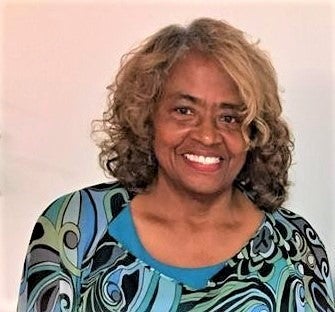When old memories lead to new discoveries
Published 4:18 pm Monday, February 14, 2022
|
Getting your Trinity Audio player ready...
|
During the years 1915 through 1944, my grandparents, William and Olivia Cozzens, owned a restaurant named the Blue Parrot at 326 Gladden Street in Washington. Located in the heart of the Black Community, the restaurant did very well financially even through the Great Depression.
When I was about seven years old, I heard my grandmother talking about how her restaurant and other ones in the Black community got ready for Chautauqua (pronounced shuh-talk-wa.) The preparations started at the end of January to make home-made pickles, fried pork rinds, chocolate and pound cakes and fried chicken to sell to the large crowds who would attend Chautauqua.
Hearing of those plans, I thought Chautauqua was a location like Griffin’s Beach, a Black owned beach where summer weekend trips to it included all of the foods named above.
Recently I started thinking about Chautauqua.
Imagine my surprise when I was searching for old local Black communities and found Chautauqua was not a place but an impressive, nationally known and celebrated event held here in Washington from 1914 to 1922.
Chautauqua was an adult education and social movement in the United States from 1874 until the mid 1920’s. It was extremely popular in the late 19th and mid 20th century. Founded in 1874 by Methodist Church leaders for the instruction of Sunday School teachers in Chautauqua NY, it amazingly grew to promote intelligence and culture in all things.
President Theodore Roosevelt said “Chautauqua was the most American thing about America.”
In Washington, it was held annually for a week during the summer months. Most of the events were held under many large tents that were erected in the area near Main and Bonner Streets.
It was promoted as a week of fun and interspersed with lectures and music of the best kind. It drew enormous crowds.
There were many events scheduled for each day of the week. Washington’s first Chautuaqua in June 1914 featured an automobile parade, marching bands, and motion pictures shown at the Gaiety, New and Gem Theaters on Main Street. There were lectures from nationally known speakers and preachers. Shakespearian plays were performed as well as the comic opera ‘The Mikado.’ A Black String Musical Band, and an Italian String Band were on hand to delight the crowds. Oratorical artists from Boston, and spirituals performed by Black churches also provided entertainment, learning and culture for all Washington residents and attendees from all over eastern NC.
A ‘Season Pass’ for the week cost 2.00. A Day Pass cost 35 cents.
Downtown businesses were decorated with banners. Some stores held big sales that week and smaller businesses profited well from the crowds that attended Chautauqua.
The event was a huge success and economic boost for Washington that year. The following years did well but the interest in Chautauqua waned and the last one was held in 1922.
The name Chautauqua (meaning ‘two moccasins tied together’ or ‘unity’ actually originated in North Carolina. It was the name of a Tuscarora Indian Village that was located where the town of New Bern is today. When the Tuscarora migrated to Upstate New York, they named their new home Chautauqua. It is here where the Chautauqua Assembly Movement started.
I’m starting to revisit more childhood memories to see what hidden history they might reveal.






